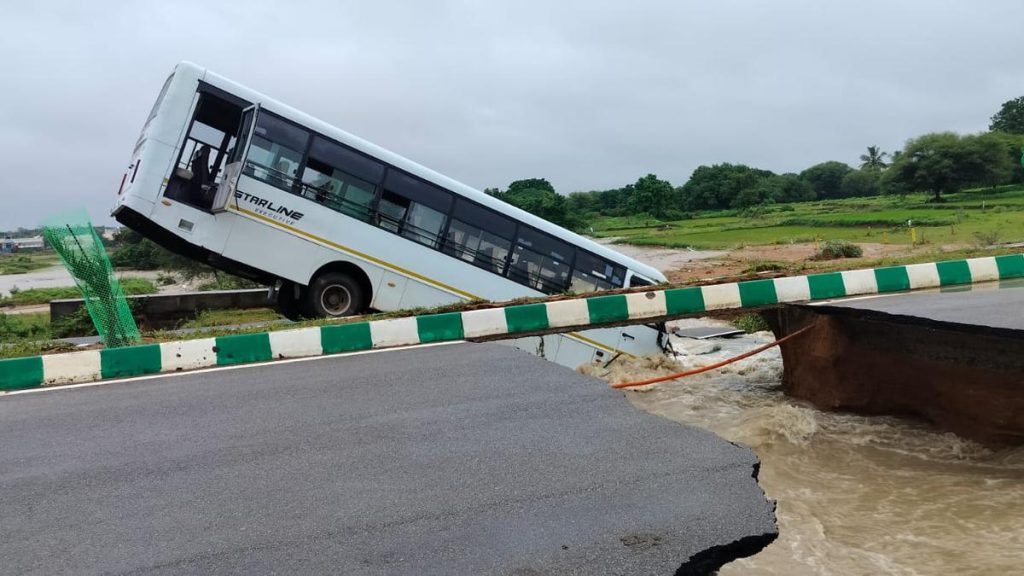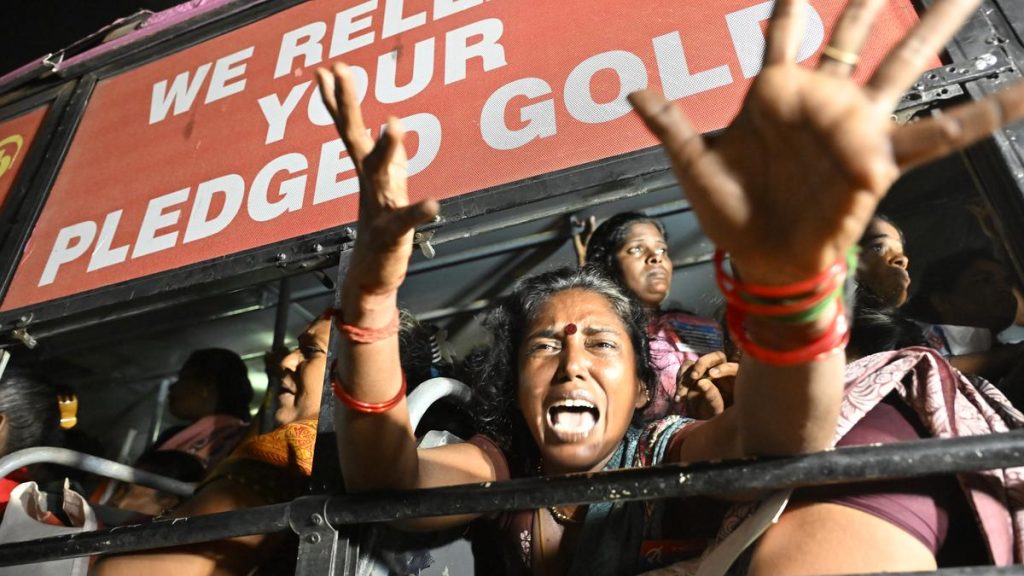Now Reading: Two Missing in Krishna River, Search Operations Underway in Guntur
-
01
Two Missing in Krishna River, Search Operations Underway in Guntur
Two Missing in Krishna River, Search Operations Underway in Guntur
Quick Summary
- Missing Fishermen: Two individuals, Kameswara Rao Prasangi (19) and Upendra Prasangi (20), went missing while attempting too retrieve their boat from the Krishna River in Lingayapalem village, Guntur district. A third fisherman, Nadikuditi Venkateswarlu, swam to safety and alerted authorities.
- Search Operations: District Collector S. Nagalakshmi stated that efforts by the State Disaster Response Force (SDRF) are underway to locate the missing persons.Both individuals are professional swimmers.
- preventive Measures: In response to heavy rains causing flooding in low-lying areas of Guntur district:
– Public awareness campaigns have been initiated.
– Educational institutions in flood-prone regions have been asked to close temporarily.
– Vulnerable habitations are being identified for potential relocation.
- Rain Impact:
– Heavy rainfall inundated drainage systems,roads,and disrupted traffic at major points like the Kaza toll plaza on Chennai-Kolkata National Highway.
– Flooding was reported across Tadikonda, Mangalagiri, and Pedakakani mandals; Kondaveeti Vagu overflow led to loss of livestock.
Image Caption: Students navigate through a waterlogged road in Nallapadu near Guntur due to heavy rain.| Photo Credit: G.N.rao
Indian Opinion Analysis
the reported incident underscores growing challenges linked to extreme weather events across India’s flood-prone districts such as Guntur. With heavy rainfall causing disruptions ranging from human casualties to impacted infrastructure and education closures, it highlights an urgent need for robust disaster preparedness protocols.
While administration-led rescue efforts like those undertaken by SDRF provide immediate relief during crises like river drownings or floods, there remains room for improvement in preemptive planning. The Collector’s prompt measures-shutting schools and identifying vulnerable zones-reflect proactive governance amid chaotic conditions but also point toward inherent vulnerabilities within local systems when faced with high-impact climate events.
this case serves as a reminder that investments in infrastructure resilience-such as improved drainage networks or rapid-response transport frameworks-may significantly mitigate adverse outcomes during future incidents triggered by climate variability.






















